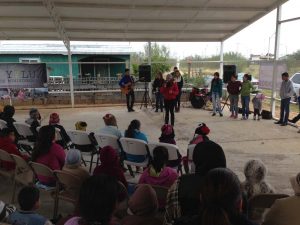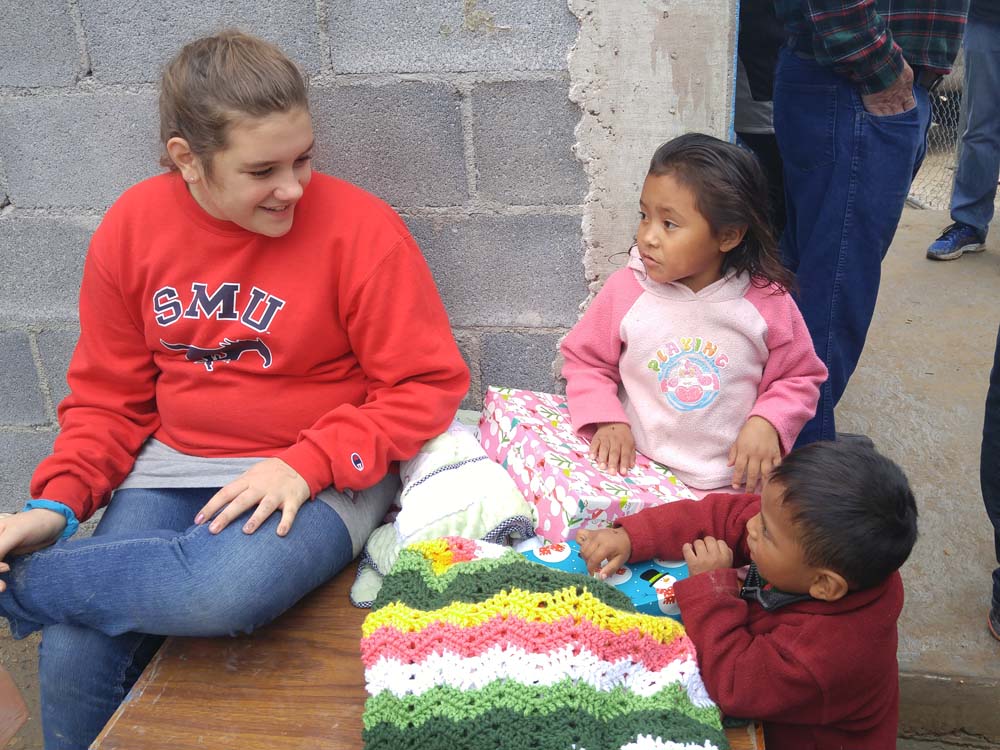Dear Brothers and Sisters,

Philosophers and theologians refer to what is called the mind-body problem. This is not a problem about fine-motor coordination (like when you take a sip from a cup and spill a bit, or miss badly throwing darts). Instead, it’s about whether our bodies are physical, while our minds are spiritual; or whether humans are purely physical, or a combination of physical and spiritual.
Though the Bible does not directly address the mind-body problem, it does assume a non-physical aspect to human existence, distinguishing (in New Testament terms) between body (flesh) and soul (mind/spirit). Though the Bible does not explain how the body and soul are related, or exactly how they interact, it does not separate them nor present them as interchangeable, and it never reduces the soul to the body.
In thinking through the mind-body problem, it’s important that we begin with a foundational teaching of Scripture: human beings would not exist, and would not be what they are, apart from an actual, ongoing relationship with the transcendent Creator God who created all things and now sustains those things in their existence. The creation (including humans) would not exist if God were disconnected from it (in an absolute, entire way). The creation did not produce itself and does not sustain its existence—only God has existence in himself (theologians refer to this as God’s aseity). The existence of all created things is a gift from the self-existent God.

(public domain via Wikimedia Commons)
Contrary to the biblical witness, some claim that human-being is nothing more than a material thing. But such claims prompt this question: How can something as immaterial as human consciousness ever arise from something as unconscious as physical matter? A related question is this: Why does awareness of sensory information exist at all? Such questions give rise to many others concerning whether consciousness is a mere illusion, or is a real (though non-physical) property related to, yet distinct from, the material brain.
Almost everyone agrees that humans have consciousness (an internal thought-world of images, sensations, and feelings)—what is commonly referred to as mind, which is as real to us as our need for food and sleep. However, there is not agreement on the nature and source of consciousness/mind. Materialists view it as arising solely from the electro-chemical activity of the physical brain. Non-materialists (including Christians) view it as a non-material phenomenon that is not identical to the physical brain.
Speculation concerning consciousness falls into two broad categories. The first is physicalism (materialism), which teaches that there is no such thing as an invisible spirit world. The other is parallel dualism, which teaches that the mind may have non-physical properties or be totally non-physical, and therefore cannot be explained in purely physical terms. Parallel dualism views the brain and mind as interacting and working in parallel—when the brain is injured, a person’s ability to reason can be impaired. As a result, the parallel interaction is also impaired.
In the case of parallel dualism, when talking about people, the term dualism distinguishes between the observable and unobservable interaction between the brain and mind. The conscious mental events that are private to us as individuals are not accessible to others. People can grab hold of our hands, but they cannot grab hold of our private thoughts (and most of the time we’re glad God made it that way!). Moreover, certain human ideals that we hold within our minds are not reducible to material factors. Those ideals include love, justice, forgiveness, joy, mercy, grace, hope, beauty, truth, goodness, freedom, human agency and responsibility—things that have to do with life’s purpose and meaning.
As Christians, we refer to what is unobservable in explaining God’s activity and agency in the world, which includes what he does through created means (natural agency), or more directly through the agency of the Holy Spirit. Because the Holy Spirit is invisible, his work is not measurable. Nevertheless, he acts upon and within the material world. His works are not predictable, nor reducible to empirical cause-and-effect chains. These works of God include not only creation itself, but the incarnation, resurrection, ascension, sending of the Holy Spirit and expected return of Jesus Christ to bring to consummation the kingdom of God and the establishment of a new heaven and earth.
Back to the mind-body problem: materialists claim that the mind can be explained physically. That view opens the possibility, but not the necessity, for minds to be reproduced artificially. Since the term Artificial Intelligence (AI) was coined, it has been an optimistic subject of computer developers and writers of science fiction. Over the years AI has become an essential part of our technology. Algorithms are programmed into all kinds of machines from mobile phones to automobiles. Software and hardware development has progressed to the point that machines have bested people in gaming experiments. In 1997, IBM’s Deep Blue computer beat the reigning world chess champion, Garry Kasparov. Kasparov accused IBM of cheating and demanded a rematch. I wish IBM had not refused, but they decided that the machine had worked hard enough and simply retired Deep Blue. In 2011, the Jeopardy quiz show hosted a match between IBM’s Watson computer and the two greatest Jeopardy champions. The champions lost by a significant margin. I can’t help saying (tongue-in-cheek) that Watson, which was just doing what it was designed and programmed to do, did not celebrate, though the AI software and hardware engineers did. That ought to tell us something!
Materialists claim that there is no empirical proof that the mind is separate and different from the body. They reason that the brain and consciousness are the same thing, and that the mind somehow arises from the quantum processes of the brain or emerges from the complexity of the brain’s processing. From the perspective of their worldview, there isn’t any non-material parallel processing. One of the so-called “angry atheists,” Daniel Dennett, goes even further, claiming that consciousness is an illusion. Christian apologist Greg Koukl points out the fundamental flaw in Dennett’s reasoning:
If consciousness was not real there would be no way to perceive that consciousness was just an illusion. If consciousness is required to perceive an illusion, then consciousness cannot itself be an illusion. Similarly, one would have to be able to perceive both the real world and the illusory world in order to know there is a distinction between the two, and to subsequently identify the illusory world as illusory. If all one perceived was the illusion, they would not be able to recognize it as such.
The materialist (empirical) method cannot detect what is not material. It can only detect the material phenomena of observable, measurable, testable and repeatable things. But if the only things that can exist are things that can be empirically tested, then nothing that is one-of-a-kind (non-repeatable) can exist. And if that is the case, then history, a one-of-a-kind, non-repeatable series of events, cannot exist! Though convenient, it is arbitrary for some to declare that only things that can be known by one particular and preferred method can exist. In short, there is no way to empirically prove that only empirical/material things exist! It is illogical to reduce all reality to what can be detected by this one method. Such a view is sometimes referred to as scientism.
This is a big topic, and I’ve only scratched the surface, but it’s an important one—note Jesus’ comment: “Do not be afraid of those who kill the body but cannot kill the soul” (Matthew 10:28). Jesus was no materialist—he clearly distinguishes between the physical body (which includes the brain) and a non-material component of our humanity that is the essence of our personhood. When Jesus tells us to not let others kill the soul, it’s no stretch to say that he is referring to not letting others destroy our faith and belief in God, whom we cannot see, but whom we know, and trust, and can even feel or sense through our non-physical consciousness. Indeed, our belief in God is part of our conscious experience.
Jesus is reminding us that our minds are integral to our life of following him as one of his disciples. Our consciousness gives us the capacity to believe in God as Father, Son and Spirit. It helps us acknowledge the gift of faith that gives us “confidence in what we hope for and assurance about what we do not see.” Our consciousness enables us to know and trust God as Creator, to “understand that the universe was formed at God’s command, so that what is seen was not made out of what was visible” (Hebrews 11:1, 3). Our consciousness enables us to experience the peace that surpasses understanding, to know God is love, to believe Jesus is the Son of God, to believe in eternal life, to know true joy, to know that we truly are God’s beloved children.
Delighted to know the transcendent God in my conscious, private world of thought,
Joseph Tkach
PS: I want to express my deep appreciation for all the birthday cards I received in the last few weeks. It was an unexpected delight to receive so many—it would take me a very, very long time to send individual thank you cards in reply. I’m now officially an old man—I have the Medicare card to prove it!












